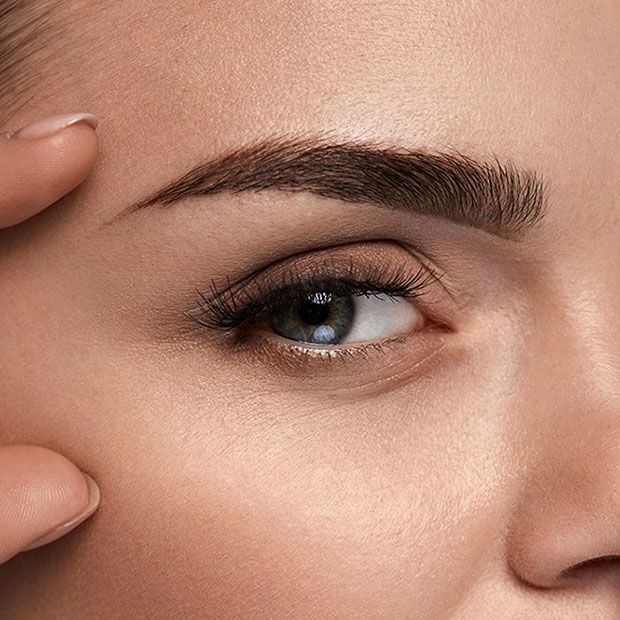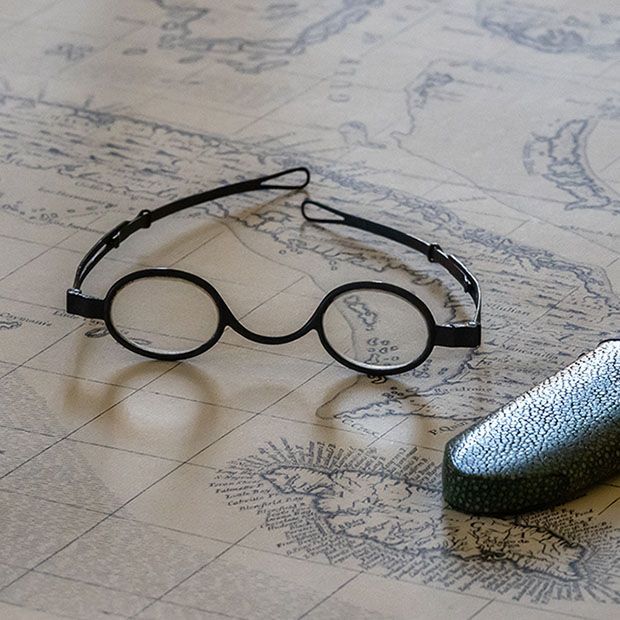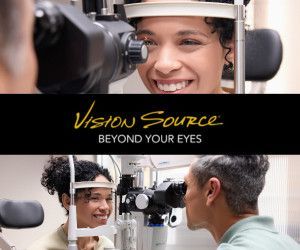AMD Can’t Be Cured, But It Can Be Fought

AMD is a condition that slowly erodes a person’s detailed central vision.
Age-related macular degeneration (AMD) stands as a primary cause of irreversible vision loss in individuals over fifty. This condition stems from the gradual degradation of the macula, the central part of the retina dense with photoreceptors that enable sharp central vision. As AMD progresses, tasks like reading, writing, and driving can become challenging or even unsafe.
Symptom Onset and Detection Challenges
AMD is particularly insidious because it often develops without painful warning signs. In its early stages, symptoms may be so subtle that they go unnoticed, particularly if individuals only visit eye doctors for prescription updates. As the disease advances, vision may become warped or dulled, and dark, blurry areas might appear in the central field of vision.
Risk Factors for AMD
Age is the most significant risk factor for AMD, and while factors like race and genetics are beyond our control, lifestyle choices such as smoking are modifiable. Smoking notably heightens the risk of developing AMD. Those of white descent are statistically at higher risk, and a family history of AMD should prompt earlier and more frequent screenings.
Distinguishing Between Dry and Wet AMD
Dry AMD accounts for about 90% of cases and is characterized by the thinning of macular tissues and the accumulation of drusen, small fatty deposits. Although less severe initially, dry AMD can evolve into the more aggressive wet AMD, which shares similarities with diabetic retinopathy. In wet AMD, the body forms new blood vessels in an attempt to repair the retina. Unfortunately, these vessels are often fragile and leaky, causing scarring and more rapid vision degradation.
Lifestyle Adjustments to Slow AMD Progression
While there is currently no cure for AMD, lifestyle adjustments can help slow its progression and safeguard vision. A diet rich in nutrients vital for eye health — like carrots, leafy greens, eggs, and fish — provides essential support. Additionally, maintaining overall physical activity and avoiding smoking are critical preventative measures.
The Critical Role of Regular Eye Exams
Early detection through regular eye exams is crucial. These exams are the only way to identify the onset of AMD before significant damage occurs, particularly as symptoms might not prompt an immediate concern. Individuals over fifty should prioritize annual eye exams to catch and manage AMD as early as possible.
Your vision health is of utmost importance to us, and we’re here to support you at every step. If you have concerns about AMD or your eye health in general, please reach out to schedule an examination. Together, we can work towards maintaining your vision and managing any challenges that arise.
Helpful Articles









